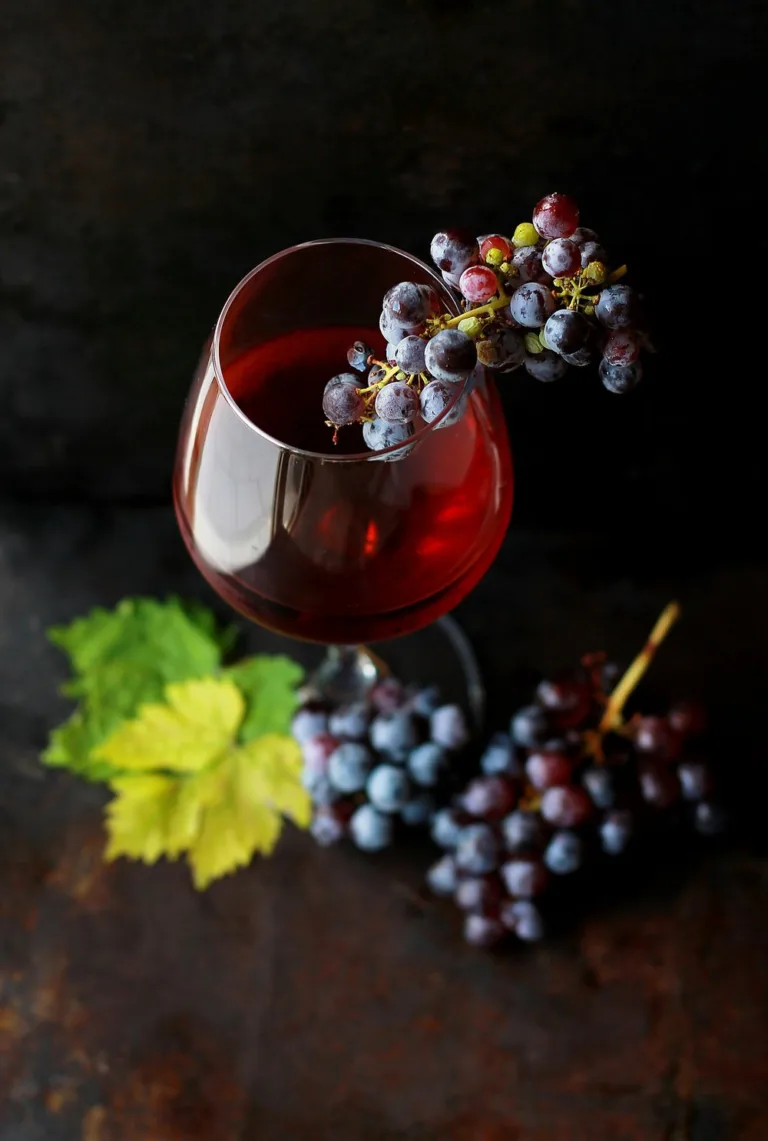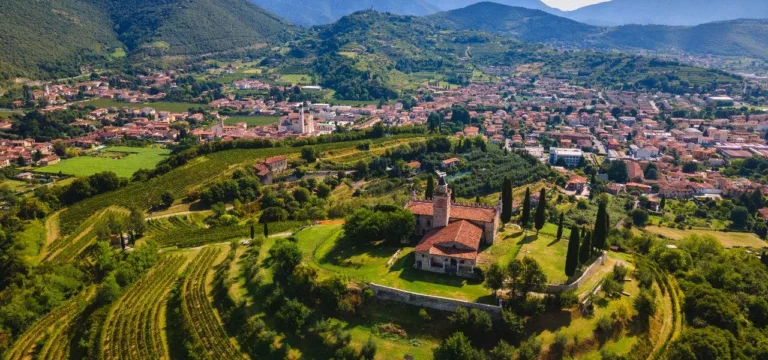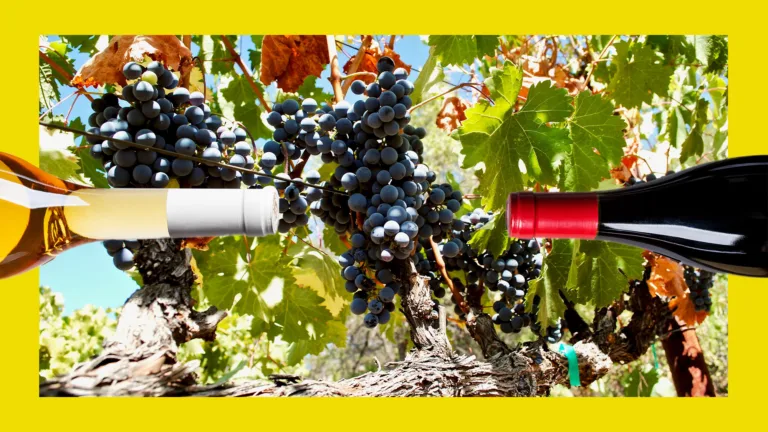Lodi vineyard farmhouse in autumn.
Lodi grows the ideal wines for Thanksgiving.
First, the culinary reason: Turkey, as we all know, is a dry meat. Its fattiness or level of juiciness is, at best, negligible. That’s why it is usually smothered in gravy and cranberry sauce—we need both the gravy and zesty/sweet fruitiness to balance the dryness.
Stuffing, of course, completes the picture. We use that to add spice and seasonings—the savory or umami-like flavors to pull it all together. Why mess with what works?
Second, about wines for turkey: It stands to reason that, for the same reason you serve turkey with gravy, cranberry and stuffing, the ideal wine is juicy, fruity and savory. There are many white wines and rosés that can serve the juicy/fruity functions; but from long years of experience, many a wine lover would tell you that red wines are even better because they are more savory.
The reason why red wines tend to be more savory than whites and rosés is because, unlike the latter two wine types, they are fermented with their skins, and it is in the skins of grapes that you find the amino acids that give both foods and wines the tangible taste of, well, umami (for more information on umami than anyone might want to know, see our 2019 post on Deconstructing umami in wine and food contexts).
1941 California Wine Advisory Board magazine ad for Thanksgiving.
So why is Lodi the ideal winegrowing region for these types





